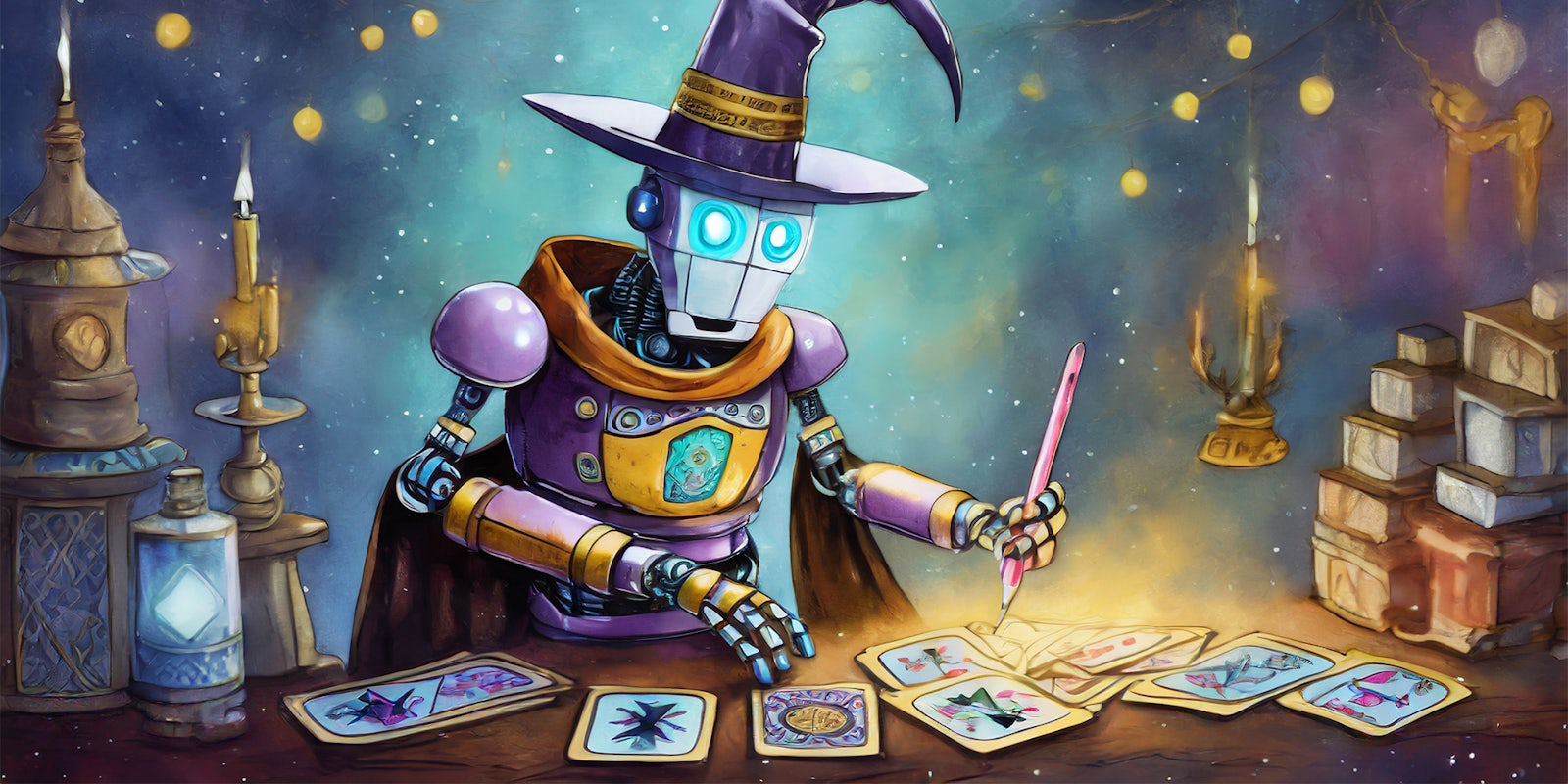
AI-generated content in art and marketing has exploded in popularity over the past year, with programs like MidJourney and Adobe’s Firefly making it easier than ever to create art. All it takes is an idea or prompt, and a picture can be popped out in seconds, without needing a skilled artist. And the technology is getting better every day — algorithms that couldn’t create hands a year ago can now churn out photorealistic humans.
(Quick disclaimer: Ironically, our graphic designer made the above header image using AI… but we’ll keep it because it’s relevant to this story and a sardonic example of what kind of art these programs can easily churn out.)
Using AI art is an ethical minefield, with artists and onlookers alike aware that as the technology gets even better it could be used to phase out an entire industry by greedy capitalists. But those companies also have something to lose, with researchers recently finding that some generative AI models output copyrighted content, with vague prompts like “animated sponge” popping out images of Spongebob.
Some companies still seem to be moving forward with using AI art. Multiple brands were accused of using AI art in their marketing materials this week without letting their customers know what they were up to. On Jan. 2, users noticed that Wacom, in a now-deleted Twitter post, may have used artificial intelligence to make a couple of dragons in its promotional materials.
The image spread quickly around social media, with TikToker Megan Rose Ruiz pointing out in a video with over 681,000 views that there could be multiple AI artifacts, including that one dragon’s tail doesn’t attach to its body, and the other has teeth that morph into hair. …


